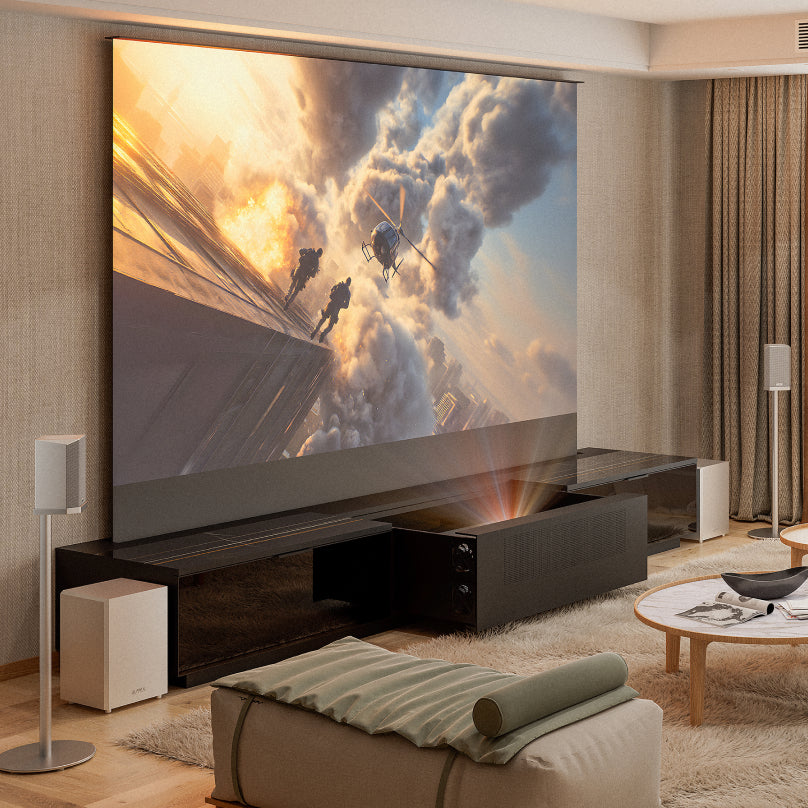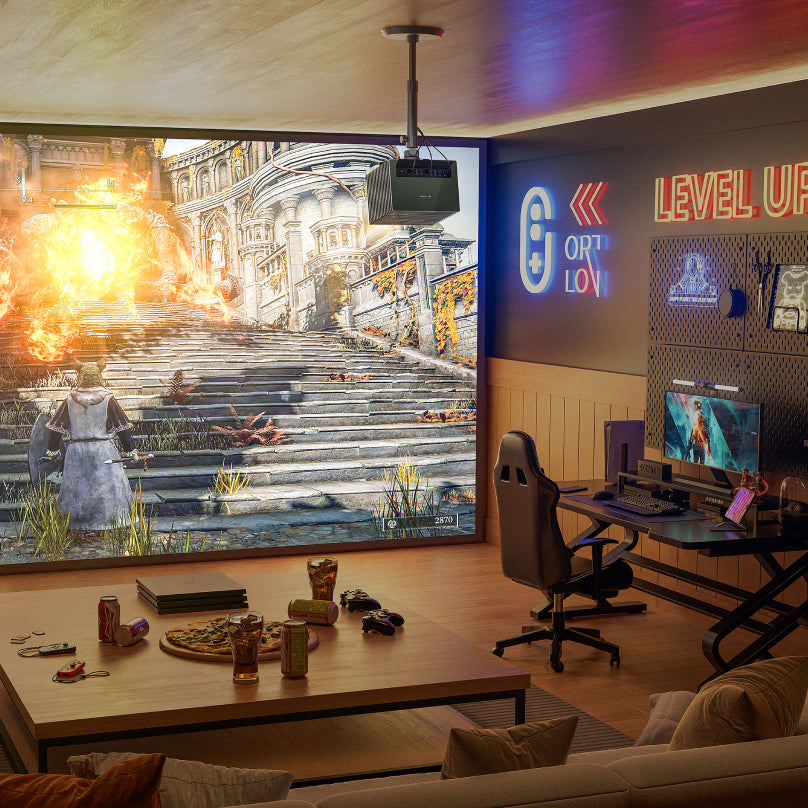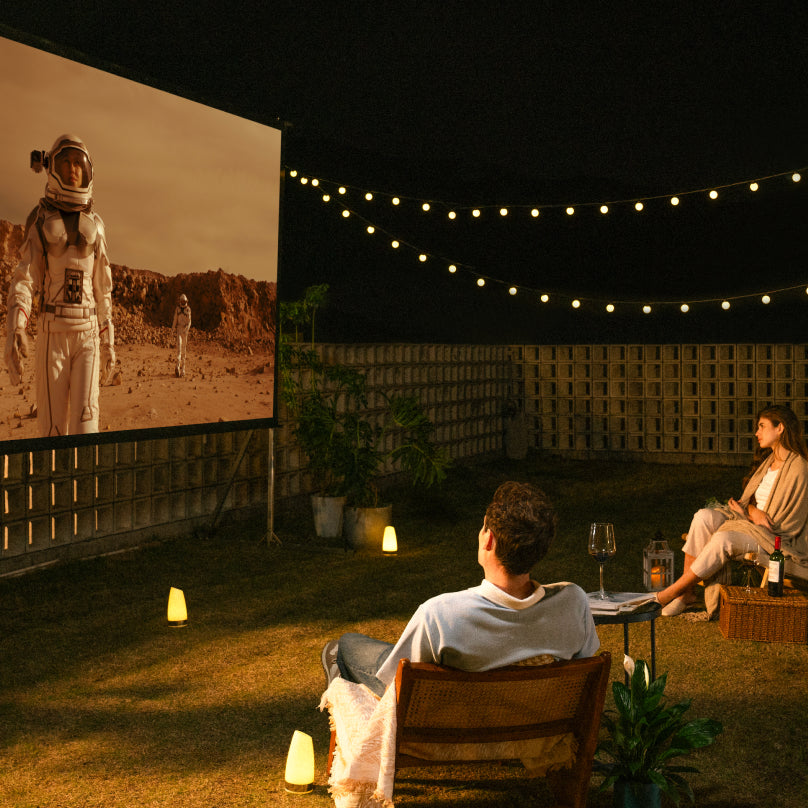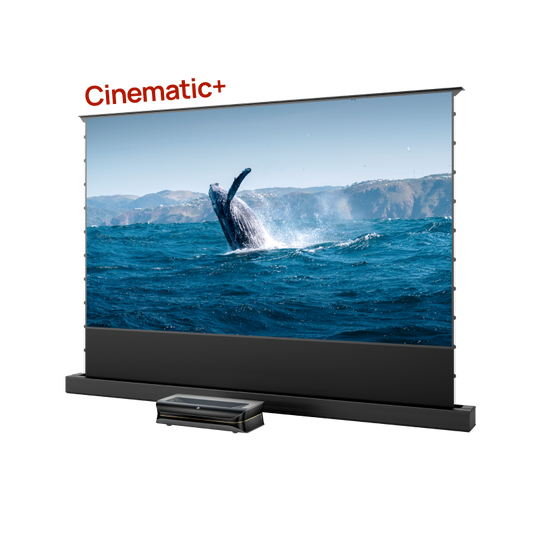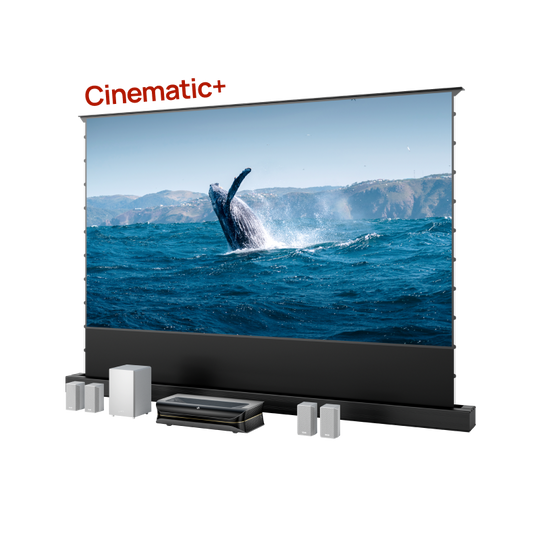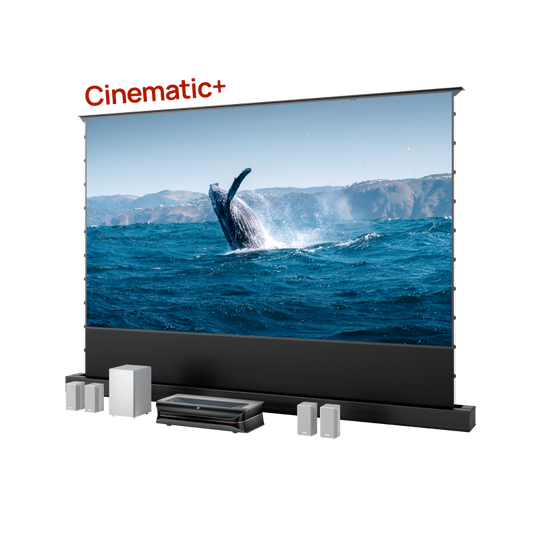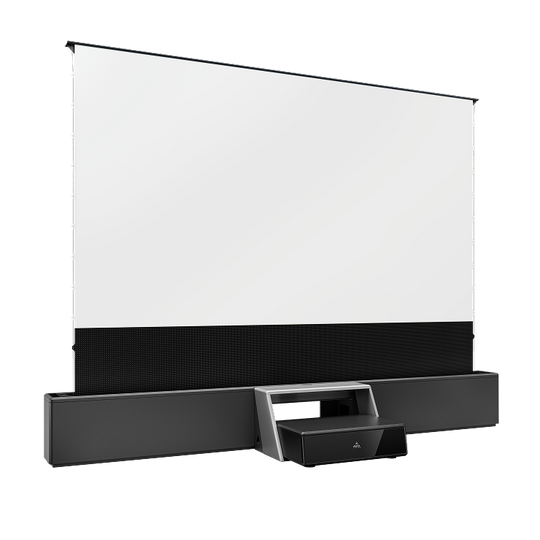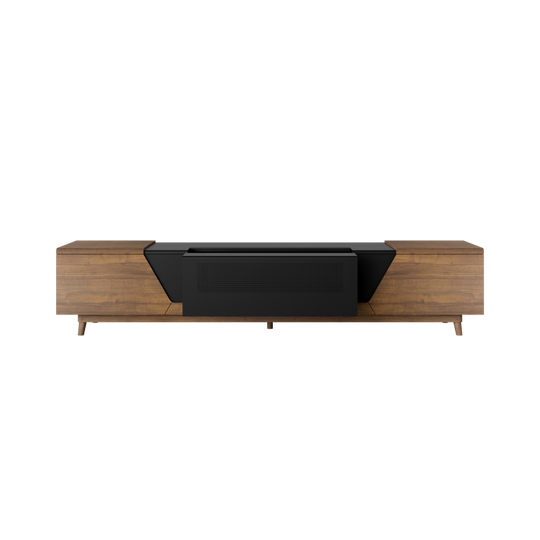Is upgrading to a 4K projector worth it? With the rapid advancements in display technology and the increasing availability of 4K content, this question weighs heavily on the minds of home entertainment enthusiasts. People are today looking for immersive experiences that bring their favorite movies, games, and multimedia content to life in stunning detail and clarity. But is making the move to 4K truly worth it? This article will give you a comprehensive overview of the benefits, considerations, and factors to consider when contemplating an upgrade to a 4K projector.
What is 4K Resolution?
Before defining what a 4K resolution is, it's important we first understand what resolution means. Resolution refers to the number of pixels in an image. A pixel, on the other hand, is a tiny square within a larger image. In simpler terms, the more pixels there are, the better the image quality.
So, what is 4K resolution? 4K resolution, also known as 2160p, refers to an image with approximately 4,000 pixels horizontally. It's important to note that the "p" in 2160p doesn't stand for pixels. The P stands for progressive scan, a method to load pixels into a video frame simultaneously.
To put it into perspective, a 4K resolution is four times larger than 1080p. While 1080p offers over 2 million pixels, 4K boasts over 8 million pixels at a resolution of 3840×2160, resulting in significantly crisper images.
As resolution increases, so does picture sharpness, making higher resolutions like 4K ideal for clear visuals. However, bear in mind that watching Full HD content on a 4K monitor won't enhance quality. What you watch remains limited by the original recording resolution, with additional pixels simply duplicating existing ones.
Benefits of 4K Projectors
Enhanced HDR Content Projection
One of the significant advantages of 4K projectors is their ability to project HDR (High Dynamic Range) content with exceptional quality. HDR expands the range of colors, brightness levels, and contrasts, resulting in a more immersive viewing experience. In short, with HDR support, you get more realistic projections with bolder colors, vivid image depth, and intense contrasts between light and dark.
Enhanced Image Quality
Another key benefit of 4K projectors is their ability to deliver superior image quality, thanks to their higher resolution. With four times the pixel density of 1080p projectors, 4K projectors produce images with more vibrant colors, fine details, and intricate textures.
Large Screen Sizes
Lastly, 4K projectors are ideal for creating immersive viewing experiences on large screens without compromising image quality. Consider a home theater setup with a massive projection screen. A 4K projector can fill that screen with breathtaking visuals, taking you into the heart of the action. Similarly, in professional settings such as engineering, architecture, and design studios, the large screen sizes allow for expansive displays with unparalleled clarity.
Comparing 4K vs 1080p Projectors: Key Differences
Resolution
1080p projectors have a resolution of 1920 x 1080 pixels, offering over 2 million pixels per image. On the other hand, 4K projectors boast a resolution of 3840 x 2160 pixels, delivering over 8 million pixels per image, which is four times the number in a 1080p image. This higher pixel density results in finer details and less pixelation on larger screens.
Color Depth
The increased resolution of 4K projectors allows for sharper and more detailed images compared to standard 1080p projectors. While both 1080p and 4K projectors can display a wide range of colors, the higher resolution of 4K projectors allows for more precise color reproduction and greater color depth. This means that subtle variations in color shades and tones are more accurately rendered, resulting in images that appear richer, more vibrant, and true to life.
Input Lag
Input lag refers to the delay between your controller and the corresponding action on the screen. When considering 4K vs 1080p projectors, it's essential to take into account the impact of input lag.
Cost Differences
Finally, another significant difference between 1080p and 4K projectors is the cost. 1080p projectors typically cost less than their 4K counterparts, with potential savings ranging from $500 to $1500 or more. For budget-conscious buyers, opting for a 1080p projector provides substantial savings.
Who Should Consider a 4K Projector?
- Cinephiles: Movie enthusiasts who crave immersive cinematic experiences will appreciate the superior image quality offered by 4K projectors. The enhanced resolution and color depth bring films to life with unparalleled clarity and realism.
- Gamers: Gamers looking for a more immersive gaming experience will benefit from a 4K projector. The higher resolution and fine details enhance gameplay visuals. This makes the game feel more lifelike and engaging.
- Professionals: Professionals who rely on visual presentations, such as architects, designers, and engineers, can benefit from the superior image quality of 4K projectors. These projectors provide the clarity needed to showcase work with precision and clarity.
Factors to Consider When Deciding to Upgrade
Budget
One of the primary considerations when upgrading to a 4K projector is budget. 4K projectors typically come with a higher price tag compared to their 1080p counterparts. Individuals should assess their budget and determine whether the investment in a 4K projector aligns with their financial priorities.
Room Condition (Brightness)
The room condition, particularly its level of brightness (measured in lumens), is a crucial factor to consider when evaluating projectors. For instance, in environments with low light, such as dark rooms or controlled lighting, projectors with 800 to 1,000 lumens may suffice. Spaces with a high amount of light may require projectors with 3,500 lumens or more. And finally, areas with moderate ambient light may require projectors with 1,500 to 3,000 lumens.
Throw Distance and Screen Size
The throw distance, which is the distance between the projector and the screen, directly impacts the size of the projected image. When determining the throw distance, consider the size of your room and your desired screen size. Short-throw projectors are suitable for smaller rooms, while long-throw projectors are better suited for larger spaces. UST projectors are designed to be placed very close to the screen or wall, making them ideal for cramped spaces.
Set Up Requirement
Consider the setup requirements of the projector, including mounting options, connectivity features, and compatibility with existing equipment. Some projectors may require additional accessories or adjustments for optimal performance.
Conclusion
The choice between 1080p and 4K projectors ultimately depends on individual preferences and specific requirements. While 1080p projectors offer excellent value and performance, 4K projectors step up the game because of their higher resolution and unparalleled detail and clarity. And as the availability of 4K content continues to expand across various media platforms, the demand for 4K projectors is expected to rise.
Finally, for prospective buyers, factors such as viewing environment, screen size, and content preferences should guide the decision-making process. By carefully evaluating these considerations, you can make an informed choice when selecting the ideal resolution for your home theater projector.

